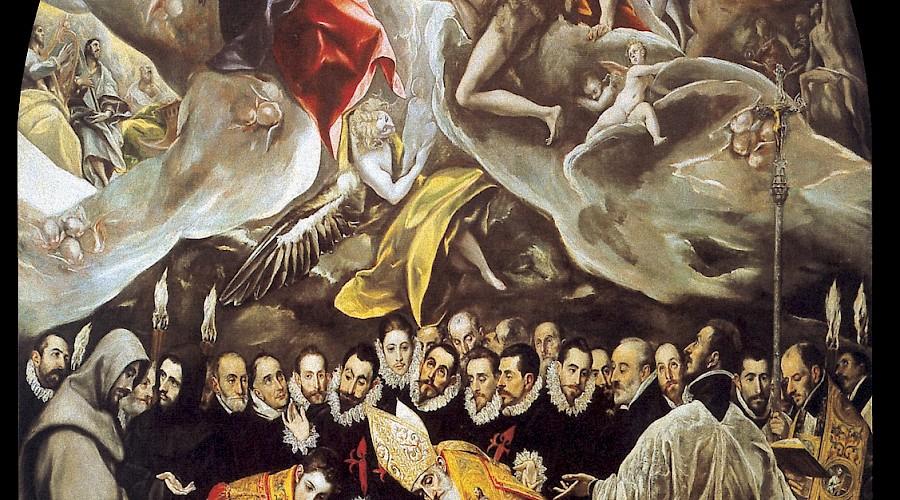In a place called La Mancha, whose name is... Orgaz

Anatomy of a creative encounter between Cervantes and El Greco by Francisco Prado-Vilar, Scientific Director of the Andrew W. Mellon Santiago Cathedral Project.
This talk will explore the creative confluence between two major works, the novel Don Quijote De La Mancha by Cervantes and El Greco’s painting, El Entierro Del Conde De Orgaz. We will begin by reconstructing the historical circumstances of a plausible setting in which Cervantes would have been able to contemplate the painting.
This is the premise for a parallel reading of both works through the analysis of various themes, such as the visual sensitivity of Cervantes, his interest in both physical and textual portraits, the fluidity of identity, ekphrasis, meta-painting, self-reflexivity, and other questions.
To conclude and using El Greco’s painting as a frame of reference, we will analyze two essential passages from the novel, chapter 19 (Part One), where El Quijote assumes the name of “Caballero de la Triste Figura,” and the final chapter, in which the protagonist dies after recovering his sanity.